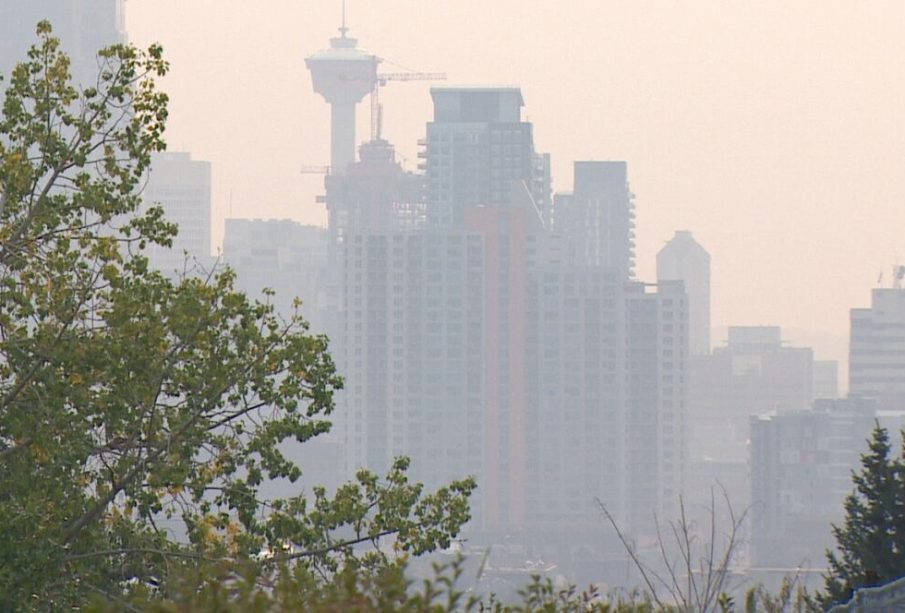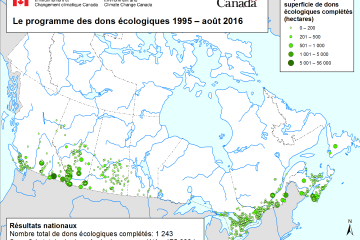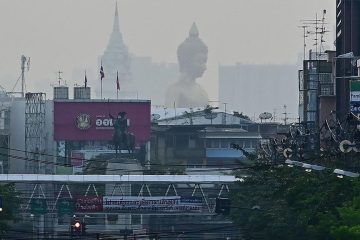Understanding Calgary’s Air Quality: Current Challenges and Measures

Introduction to Calgary’s Air Quality
Calgary’s air quality has come under scrutiny over the past few months as residents and environmental advocates raise concerns about pollution levels, particularly during wildfire season. Maintaining good air quality is essential not only for public health but also for the environment and overall quality of life in urban areas. Recent data indicates that Calgary faces challenges stemming from natural and man-made sources, highlighting the need for effective measures to combat air pollution.
Current Air Quality Levels and Concerns
According to the Government of Alberta’s air quality monitoring data, Calgary often experiences elevated levels of particulate matter (PM2.5) and nitrogen dioxide (NO2), especially during smoke events from wildfires in the province or surrounding regions. In the summer of 2023, Calgary recorded several days with air quality index (AQI) readings in the “moderate” to “unhealthy” range, alarming many citizens. The University of Calgary’s recent study also suggested that exposure to poor air quality can exacerbate health issues and increase hospital visits, particularly among vulnerable populations such as the elderly and individuals with existing respiratory conditions.
Legislative Measures and Community Initiatives
In response to these alarming trends, local authorities are taking steps to improve air quality. The City of Calgary has instigated a number of community initiatives aimed at reducing emissions from vehicles and encouraging public transport use. New investments in cycling infrastructure and the promotion of electric vehicles are among the strategies employed to mitigate air pollution.
Furthermore, Calgary has committed to monitoring and reporting its air quality more frequently, allowing residents to stay informed about the conditions in real-time. Public engagement initiatives have encouraged citizens to participate in air quality-related activities, including tree-planting events, aimed at creating greener urban spaces that can help filter pollutants.
Conclusion and Future Outlook
As Calgary continues to grapple with air quality challenges, collaborative efforts between the government, community organizations, and residents will be critical in fostering a healthy environment. Looking ahead, forecasts indicate potential for improved air quality as more stringent regulations on industrial emissions are implemented and citizens embrace sustainable practices. Effective communication and community engagement will play essential roles in ensuring ongoing awareness and action, ultimately contributing to a cleaner and healthier Calgary.









